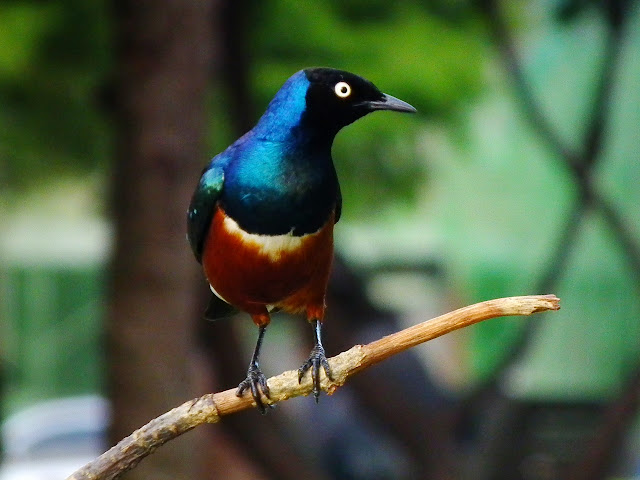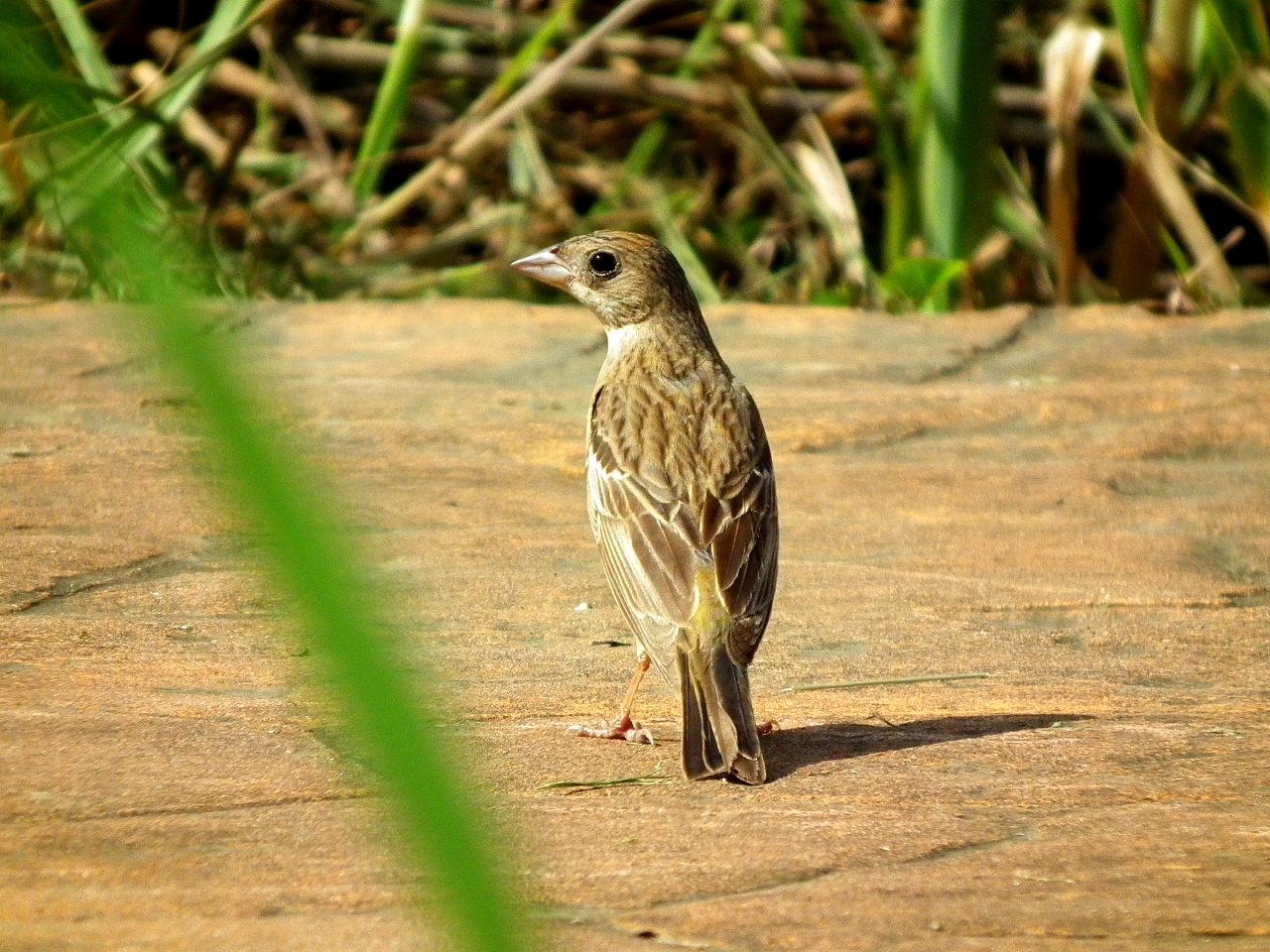There are many subspecies of White Wagtail in the world, all looking very much alike. In Taiwan, three subspecies have been spotted, i.e., the leucopsis, ocularis and lugens subspecies. Within these three subspecies, only the leucopsis subspecies bears no eyelines. The other two subspecies all bear eyelines. The leucopsis subspecies is black-backed, while the ocularis subspecies is gray-backed.
The above information are all from internet. If any information is wrong, please let me know.
Unfortunately I broke my camera on this day. I will temporarily suspend my birding activities until I buy another camera. Until then, so long for now. Thanks for visiting.
taken at the riverside park under Huazhong Bridge, Taipei City, Taiwan, on 11/6/2012



video recorded at the riverside park under Huazhong Bridge, Taipei City, Taiwan, on 11/6/2012
| Chinese name: | 灰背過眼線白鶺鴒 |
| English name: | White Wagtail(gray backed) |
| Nickname: | |
| Scientific name: | Motacilla alba, ocularis subspecies |
| Order: | Passeriformes |
| Family: | Motacillidae |
| Species status: | subspecies |
| Conservation status: | Least Concern |
| Migration status: | Most of them are winter migratory birds, and some are local birds in Taiwan |
| Frequency of appearance: | Common in Taiwan |
| Foods: | Insects, seeds |
| Habitat: | Wetlands, wet farm fields, grasslands |
| Altitude: | Low to mid-altitudes |
| Behavior: | Often appear alone or in flock in wetlands, grasslands and wet farm fields. |
| Characteristics: | General Characteristics: About 19 cm long. The bird is mainly mixed black, gray and white. Eyeline is black. Forehead, face, throat, side neck, belly and undertail coverts are white. Breast is black. The front part of the head top is white, and the rear part is light grayish black. Rear neck and back are gray. Wing and tail are black, with white edges. There is a large white mark on the edges of primaries. They often flap their tail constantly. Summer plumage: Winter plumage: Similar species: |
| Breeding places: | Breeding mainly in Siberia |
| Migration destinations: | Indo-China Peninsula, Taiwan, Philippines |
| Time photographed: | 11/6/2012 |
| Location found: | The riverside park under Huazhong Bridge, Taipei City, Taiwan |
| Sources: | Internet |
| Notes: |


























